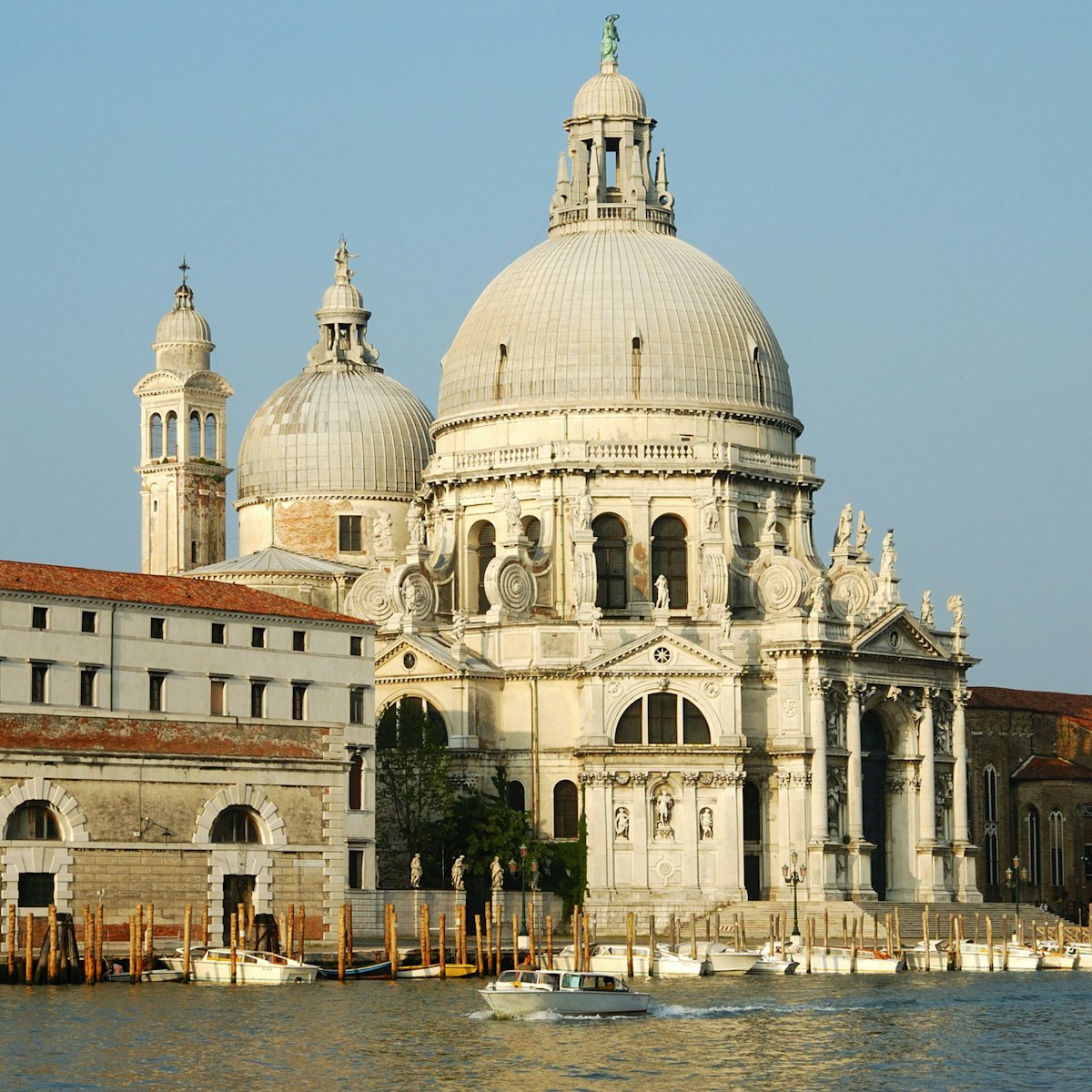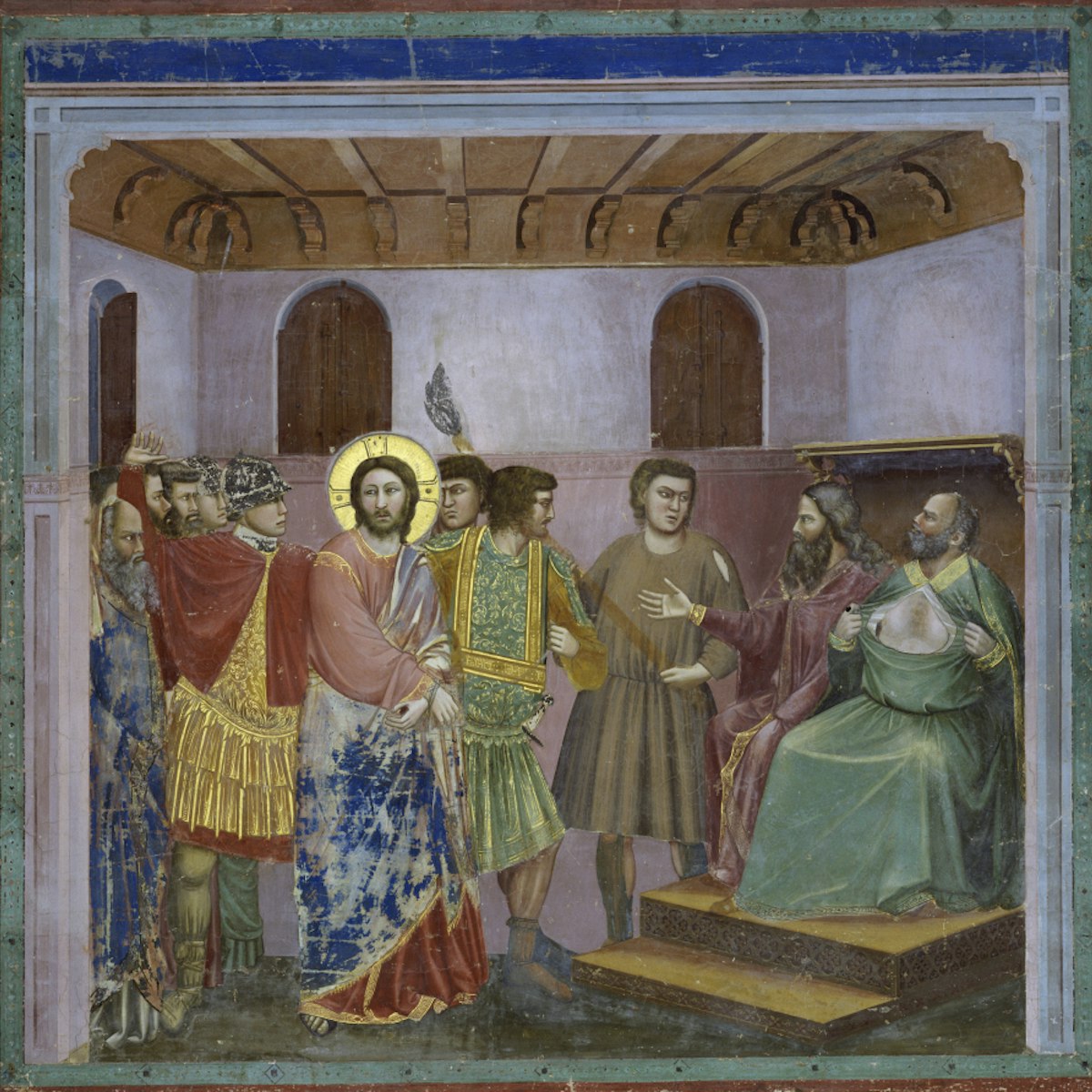One of Venice's five main religious confraternities, the lay brothers of St John the Evangelist performed works of charity but also supported the arts by lavishing their clubrooms with treasures by the city's most famous painters and architects. Highlights include Pietro Lombardo's elaborately carved Renaissance entry gate (1481), topped with the eagle of St John; a Mauro Codussi–designed staircase (1498); and Giorgio Massari's spectacularly ostentatious St John's Hall (1727–62).
Bellini and Titian turned out world-class works for the scuola that Napoleon looted and moved to the Gallerie dell’Accademia – but Palma il Giovane’s works still illuminate the Sala d’Albergo, and Pietro Longhi’s wriggling baby Jesus is magnetic in the Adoration of the Magi in St John's Hall. Across the courtyard (and included in the entry price), the deconsecrated Chiesa di San Giovanni Evangelista, erected in 970 as a private chapel for the Badoer family, houses a Domenico Tintoretto Crucifixion and Pietro Liberi's painting of St John the Evangelist holding a pen, eagerly awaiting inspiration from God.
The confraternity was originally founded in 1261 by a group of flagellants, a sect who processed through the city publicly whipping themselves as a form of penance; the practice was banned by the Pope later that year, and the organisation morphed into a less bloody brotherhood. The Scuola Grande was suppressed by Napoleon in 1806 but subsequently revived as a Mutual Aid Society. Today it hosts conferences and concerts, opening to the public when not in use for events.








